Lesson 1: The Need for Bicycle and Pedestrian Mobility
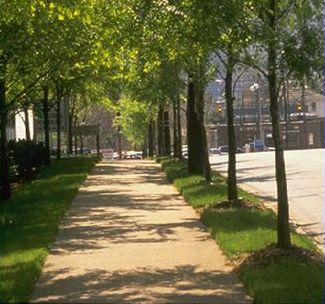
Lesson Outline
- Urban/suburban development and travel examples.
- The benefits of bicycling and walking: transportation, environment, health.
- Community and government support.
- Planning trends.
Urban/Suburban Development and Travel
- Bicycling and walking have become novelty experiences.
- Development follows the lead of the predominant personal transportation mode.
- Planning and zoning regulations have favored low-density, automobile-oriented development.
- Many planners and designers still do not consider pedestrians and bicyclists.
Influence of Automobile on Design
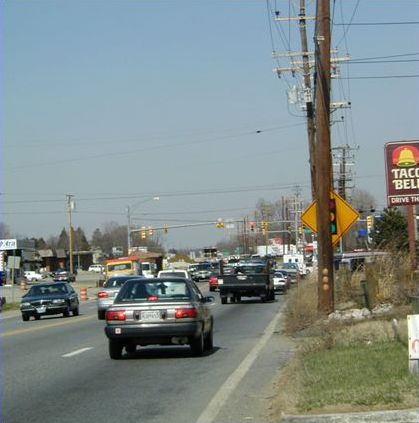
Benefits of Bicycling and Walking
- Transportation.
- Environment.
- Economy.
- Quality of life.
- Health.
Transportation Opportunities
- Half of all trips are shorter than 3 miles— a 15-minute bike ride.
- Forty percent of U.S. adults say they would commute by bike if safe facilities were available.
- Gallup poll—2002: Half of U.S. adults favor providing bicycle and pedestrian facilities, even if it means less space for automobiles.
| References: 2001 National Household Transportation Survey, League of American Bicyclists Press Release |
Environment
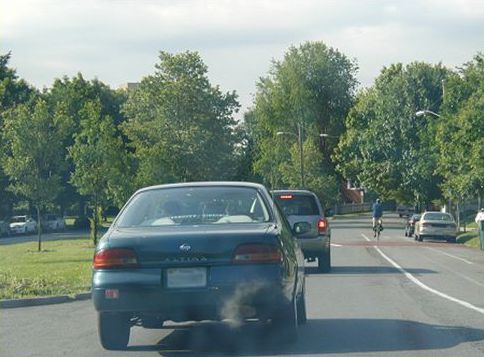
|
- Air pollution contributes to 70,000 deaths nationwide each year.
- Short auto trips produce far more pollution per mile than longer trips.
|
| References: Harvard School of Public Health, Federal Highway Administration |
Health Benefits
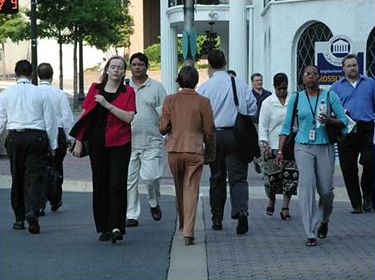
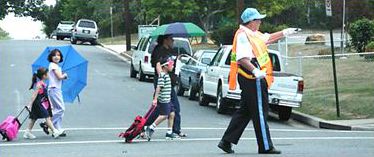
|
- There are nearly twice as many overweight children as in 1980.
- Obesity and overweight are linked to the Nation’s number one killer—heart disease—as well as diabetes.
- Thirty minutes of routine exercise (such as walking) per day can significantly improve health.
|
| References: Centers for Disease Control, U.S. Surgeon General |
Government and Community Support
- Federal legislation and guidance.
- State and MPO programs.
- Rising levels of public concern about bicycling and walking conditions.
Planning Trends
- Complete Streets policies.
- Trends in commercial and residential design.
- Safe Routes to Schools programs.
- Interconnected trail networks.
- Roadway design that favors lower speeds.
- More public involvement in transportation planning process.
Lesson Summary
- Post-WW II development plans have hampered the ability to accommodate bicycle and pedestrian travel.
- There are many reasons to encourage the use of nonmotorized transportation.
- Currently, there is strong government and community support for walking and biking.
- This support is leading to positive trends in planning and roadway design.
FHWA-HRT-05-086
|
